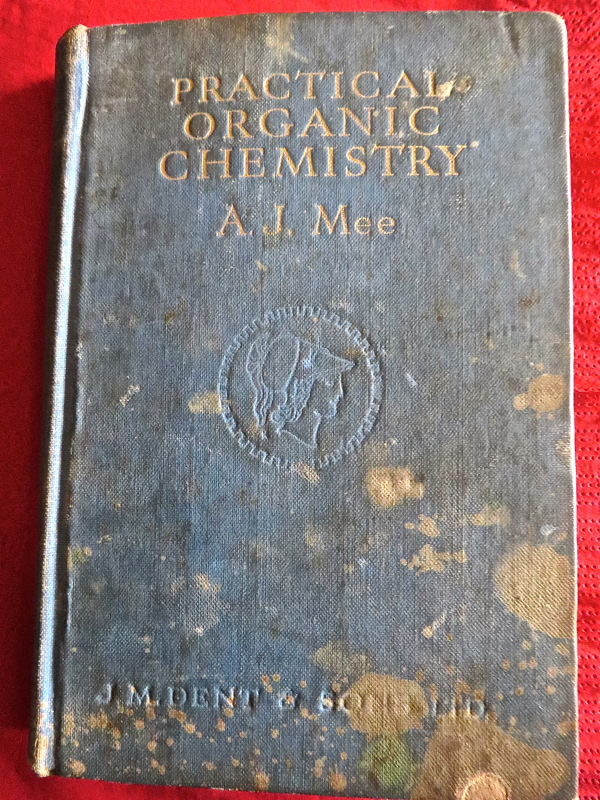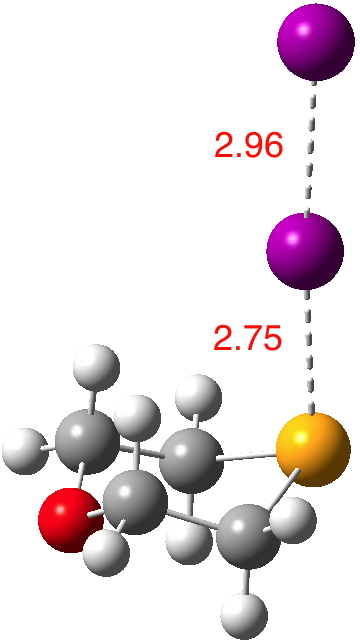The journal of chemical education has many little gems providing inspiration for laboratory experiments. Jonathan Piard reports one based on the reaction below[cite]10.1021/ed4005003[/cite]; here I investigate the mechanism of this transformation. There are two things going on here;
Sometimes you come across a bond in chemistry that just shouts at you. This happened to me in 1989[cite]10.1039/C39890001722[/cite] with the molecule shown below. Here is its story and, 26 years later, how I responded. To start at the beginning, there was a problem with the measured 1 H NMR spectrum; specifically (Y=H, Z=O) there are supposedly 16 protons, but only 15 could be located. What had happened to the 16th?

Derek Lowe in his In the Pipeline blog is famed for spotting unusual claims in the literature and subjecting them to analysis. This one is entitled Odd Structures, Subjected to Powerful Computations. He looks at this image below, and finds the structures represented there might be a mistake, based on his considerable experience of these kinds of molecules. I expect he had a gut feeling within seconds of seeing the diagram.

About two years ago, I posted on the distribution of readership of this blog. The passage of time has increased this from 144 to 176 countries. There are apparently between 189-196 such, so not quite yet complete coverage! Of course, it is the nature of the beast that whilst we can track countries, very little else is known about such readerships.

I started chemistry with a boxed set in 1962. In those days they contained serious amounts of chemicals, but I very soon ran out of most of them. Two discoveries turned what might have been a typical discarded christmas present into a lifelong career and hobby. The first was 60 Stoke Newington High Street in north London, the home of Albert N. Beck, Chemist (or his son;
I have written earlier about the Amsterdam Manifesto. That arose out of a conference on the theme of “ beyond the PDF “, with one simple question at its heart: what can be done to liberate data from containers it was not designed to be in ? The latest meeting on this topic will happen in January 2015 as FORCE2015. The format is suitably modern, starting with a Hackathon, and then two days of talks, posters and demos.
These posts contain the computed potential energy surfaces for a fair few “text-book” reactions. Here I chart the course of the cyclopropanation of alkenes using the Simmons-Smith reagent,[cite]10.1021/ja01552a080[/cite] as prepared from di-iodomethane using zinc metal insertion into a C-I bond. Two reactions it can be compared with are the epoxidation of ethene using a peracid and dichlorocyclopropanation.

Continuing my hunt, here is a candidate for a strong(est?) halogen bond, this time between Se and I.[cite]10.1021/ic50038a006[/cite]. The features of interest include: The six-membered ring is in the chair conformation.

Nitrogen tri-iodide, or more accurately the complex between it and ammonia ranks amongst the oldest known molecules (1812). I became familiar with it around the age of 12-13, in an era long gone when boys (and very possibly girls too) were allowed to make such substances in their parent’s back gardens ‡ and in fact in the school science laboratory, † an experiment which earned me a personal request to visit the head teacher.

Pursuing the topic of halogen bonds, the system DABCO (a tertiary dibase) and iodine form an intriguing complex. Here I explore some unusual features of the structure HEKZOO[cite]10.5517/CCYJN03[/cite] as published in 2012[cite]10.1021/cg300669t[/cite] and ask whether the bonding between the donor (N) and the acceptor (I-I) really is best described as a “non-covalent-interaction” (NCI) or not.
